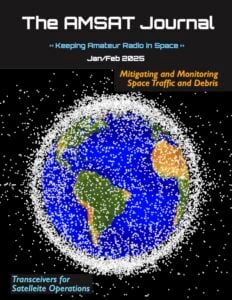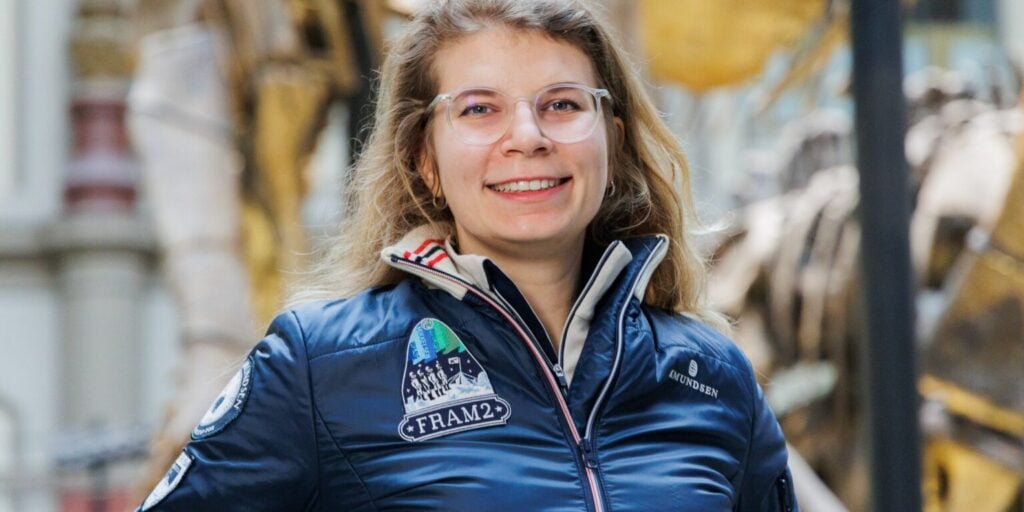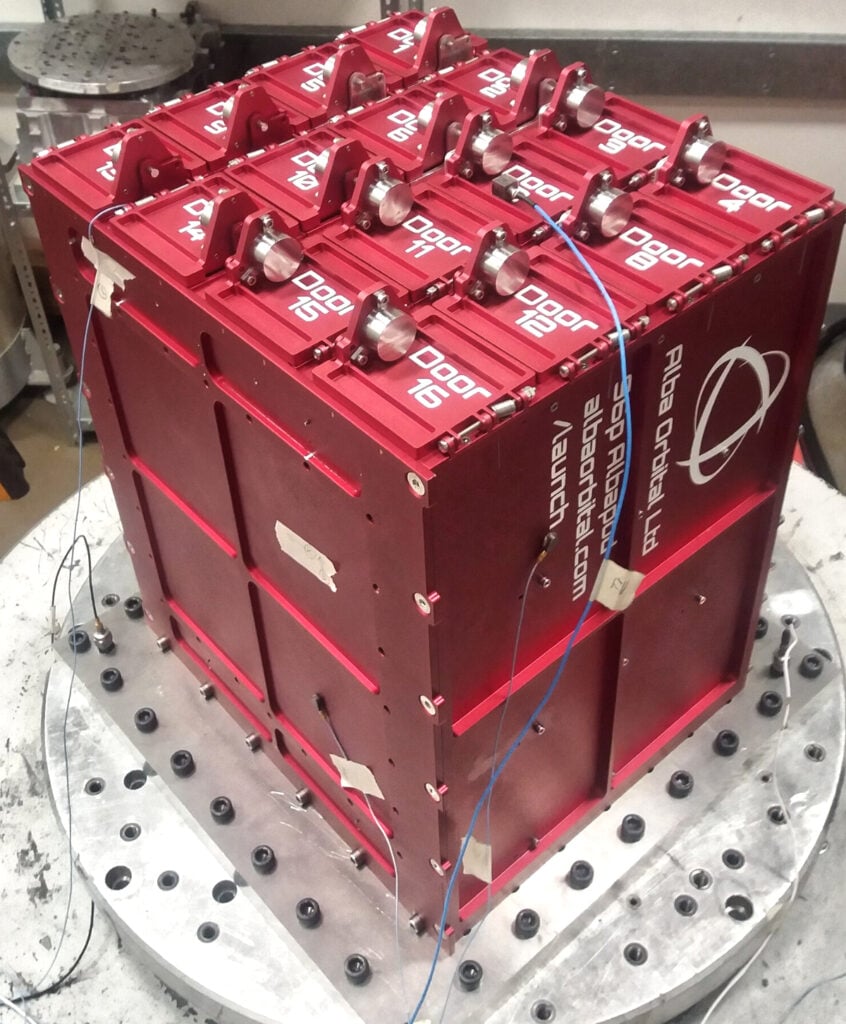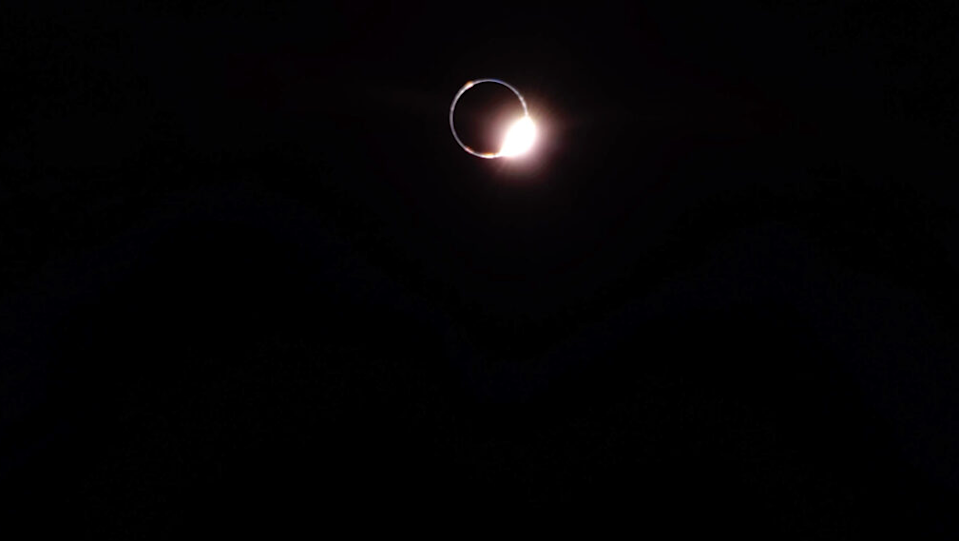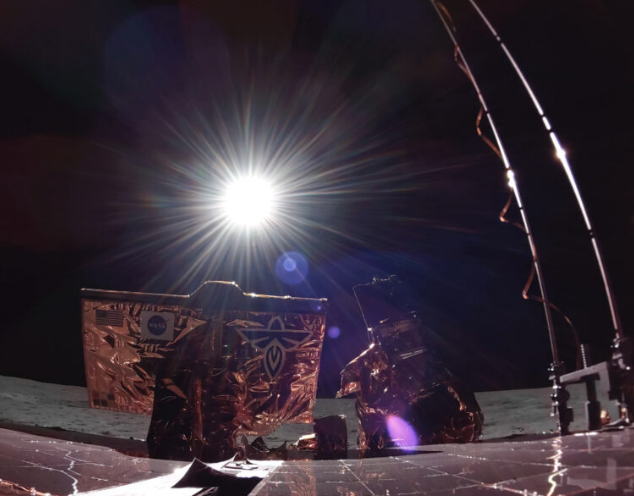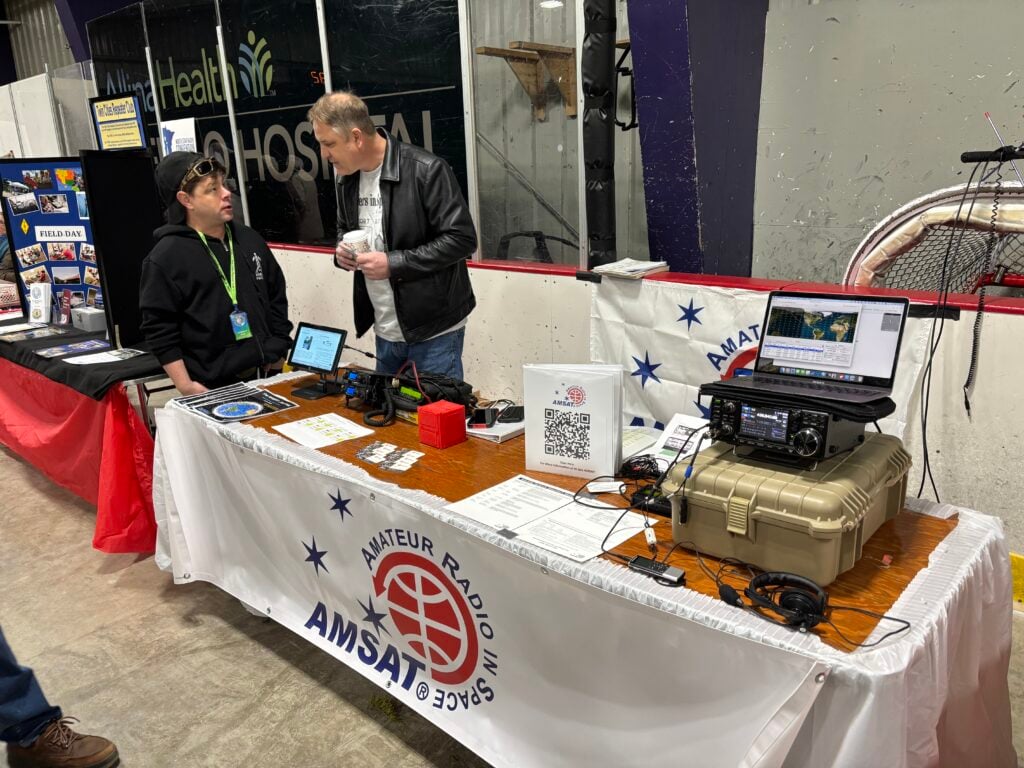AMSAT News Service
ANS-173
June 22, 2025
In this edition:
* Hamsat to Test New Super-Black Paint That Could Fix Satellite Light Pollution
* AMSAT Field Day on the Satellites
* The Legacy of AMSAT Flight Software – Part 2
* NASA Science Missions Could Be Cut In 2026 Budget
* Changes to AMSAT-NA TLE Distribution
* SpaceX to Launch Fourth Commercial Axiom Mission to the Space Station
* ARISS News
* AMSAT Ambassador Activities
* Satellite Shorts From All Over
The AMSAT News Service bulletins are a free, weekly news and information service of AMSAT, the Radio Amateur Satellite Corporation. ANS publishes news related to Amateur Radio in Space including reports on the activities of a worldwide group of Amateur Radio operators who share an active interest in designing, building, launching and communicating through analog and digital Amateur Radio satellites.
The news feed on http://www.amsat.org publishes news of Amateur Radio in Space as soon as our volunteers can post it.
Please send any amateur satellite news or reports to: ans-editor [at] amsat.org
Sign up for free e-mail delivery of the AMSAT News Service Bulletins via the ANS List; to join this list see: https://mailman.amsat.org/postorius/lists/ans.amsat.org/
Hamsat to Test New Super-Black Paint That Could Fix Satellite Light Pollution
AMSAT-UK is delighted to have been able to accept an opportunity to provide a FUNcube Lite payload, with a mode U/V FM transponder, for the exciting Jovian-1 satellite. This 6U CubeSat is being designed and built by Space South Central which is the largest regional space cluster in the UK.
This is a partnership between industry and academia, designed to accelerate space business growth, grow the reputation of the south central region of the UK and foster an environment of innovation.
A collaboration between the universities of Surrey, Portsmouth and Southampton, JUPITER – the Joint Universities Programme for In-Orbit Training, Education and Research – will equip participants with invaluable hands-on space industry experience and training for their future careers.
The FUNcube Lite payload from AMSAT-UK will collect and send telemetry from Jovian-1 sub-systems for educational outreach to schools and colleges, using the tried and tested FUNcube data format. Telemetry will include data from the payload’s own radiation sensor, along with GPS information gathered from the satellite’s CAN bus.
These data can be used to map radiation throughout the orbit, identifying planetary radiation ‘hotspots’ such as the polar regions and the South Atlantic Anomaly. It will also give an accurate measure of how much radiation reaches the sensitive electronics within the satellite.
While Jovian-1 and its ground station at Surrey University will use commercial S and X band for primary communication, FUNcube Lite will use frequencies in the amateur UHF and VHF spectrum. When not sending telemetry, the payload can be configured as a mode U/V FM voice transponder for amateurs to use for international communications.
 (Photo Credit: JUPITER)
(Photo Credit: JUPITER)
In addition, Jovian-1 will be a testbed for a new technology to reduce the impact of low Earth orbit (LEO) satellites on astronomy.
A new partnership between Surrey NanoSystems and the University of Surrey is aiming to tackle what has become a major concern for astronomers worldwide.
They are working on using Surrey NanoSystems’s newest product, Vantablack 310, which is a super-black coating. When Vantablack 310 is applied to a surface, it reflects only 2% of incoming light, meaning it absorbs the remaining 98%.
This high level of light absorption makes the coated surfaces appear extremely dark, helping to minimise the unwanted brightness from satellites that can disrupt the work of stargazers.
More than 8,000 LEO satellites already orbit Earth, and projections estimate a rise to 60,000 by 2030, partly driven by the development of mega-constellations.
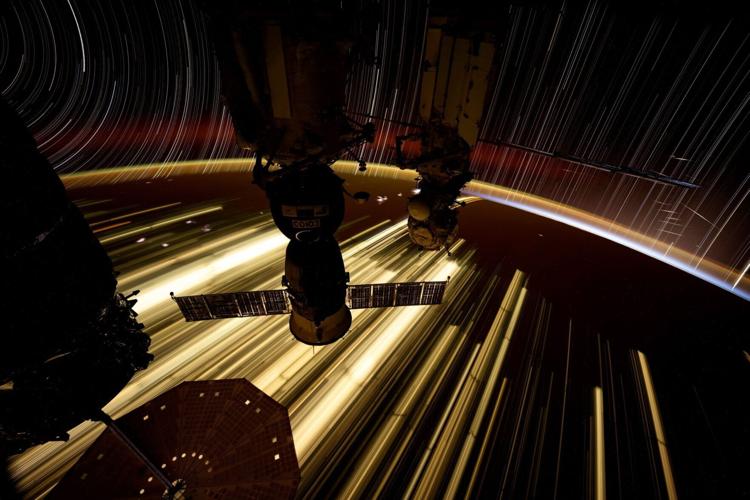 Starlink satellites are featured in this file photo (Dec. 2024) taken by NASA astronaut Don Pettit from the International Space Station (ISS). (Photo credit: Don Pettit/NASA via SWNS and Talker.com)
Starlink satellites are featured in this file photo (Dec. 2024) taken by NASA astronaut Don Pettit from the International Space Station (ISS). (Photo credit: Don Pettit/NASA via SWNS and Talker.com)
To combat this problem, satellite operators have begun experimenting with mitigation strategies, including dark coatings and changes to satellite position, though the negative impact on ground-based measurement persists.
Surrey NanoSystems, with a heritage in ultra-black technologies, says their new solution, Vantablack 310, is a handleable, customer-applied coating, resistant to the challenging LEO environment.
The technology will have its first on-orbit trial on the Jovian-1 mission, scheduled to launch in 2026. One side of the cubesat will be coated with the material so that reflection and temperature measurements can be compared.
More information will be provided at the AMSAT-UK Colloquium taking place during the weekend of October 11-12, 2025 in Milton Keynes, UK. https://amsat-uk.org/colloquium/
[ANS thanks AMSAT-UK, Space South Central, and Talker.com for the above information]
Your 2025 AMSAT President’s Club Coin Is Waiting!
Celebrating the 40th Anniversary of Amateur Radio on Human Spaceflight
Help Support GOLF and Fox Plus.
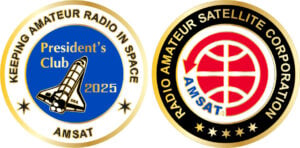
Join the AMSAT President’s Club today and help
Keep Amateur Radio in Space!
https://www.amsat.org/join-the-amsat-presidents-club/
AMSAT Field Day on the Satellites
It’s that time of year again; summer and Field Day! Each year the American Radio Relay League (ARRL) sponsors Field Day as a “picnic, a campout, practice for emergencies, an informal contest and, most of all, FUN!” The event takes place during a 27-hour period on the fourth weekend of June. For 2025 the event takes place from 1800 UTC on Saturday June 28, 2025 through 2100 UTC on Sunday June 29, 2025. Those who set up prior to 1800 UTC on June 28 can operate only 24 hours. The Radio Amateur Satellite Corporation (AMSAT) promotes its own version of Field Day for operation via the amateur satellites, held concurrently with the ARRL event.
 2025 ARRL Field Day logo (Credit: ARRL)
2025 ARRL Field Day logo (Credit: ARRL)
This year should be as much fun as last year since we have more than 10 transponders and repeaters available. Users should check the AMSAT status page at http://www.amsat.org/status/ and the pages at https://www.amsat.org/amateur-satellite-index for what is available in the weeks leading up to field day. To reduce the amount of time to research each satellite, see the current FM satellite table at https://www.amsat.org/live-fm-satellites/ and the current linear satellite table at https://www.amsat.org/linear-satellite-frequency-summary/
If you are considering ONLY the FM voice satellites, there are ISS, SO-50, PO-101, SO-124, SONATE-2 and possibly LilacSat. It might be easier this year to make that one FM contact for the ARRL bonus points with so many FM birds. The congestion on FM LEO satellites is always so intense that we must continue to limit their use to one-QSO-per-FM-satellite. This includes the International Space Station. You will be allowed one QSO if the ISS is operating Voice.
It was suggested during past field days that a control station be allowed to coordinate contacts on the FM satellites. There is nothing in the rules that would prohibit this. This is nothing more than a single station working multiple QSO’s. If a station were to act as a control station and give QSO’s to every other field day station, the control station would still only be allowed to turn in one QSO per FM satellite while the other station would be able to submit one QSO.
The format for the message exchange on the ISS or other digital packet satellite is an unproto packet to the other station (3-way exchange required) with all the same information as normally exchanged for ARRL Field Day, e.g.:
W6NWG de KK5DO 2A STX
KK5DO de W6NWG QSL 5A SDG
W6NWG de KK5DO QSL
If you have worked the satellites on Field Day in recent years, you may have noticed a lot of good contacts can be made on some of the less-populated, low-earth-orbit satellites like AO-7, RS-44, AO-73, JO-97 and MO-122. During Field Day the transponders come alive like 20 meters on a weekend. The good news is that the transponders on these satellites will support multiple simultaneous contacts. The bad news is that you can’t use FM, just low duty-cycle modes like SSB and CW.
THE 2025 AMSAT FIELD DAY RULES:
The AMSAT Field Day 2025 event is open to all Amateur Radio operators. Amateurs are to use the exchange as specified in ARRL rules for Field Day. The AMSAT competition is to encourage the use of all amateur satellites, both analog and digital. Note that no points will be credited for any contacts beyond the ONE allowed via each single-channel FM satellite. Operators are encouraged not to make any extra contacts via theses satellites (Ex: SO-50). CW contacts and digital contacts are worth three points as outlined below.
Analog Transponders:
ARRL rules apply, except:
- Each phone, CW, and digital segment ON EACH SATELLITE TRANSPONDER is considered to be a separate band.
- CW and digital (RTTY, PSK-31, etc.) contacts count THREE points each.
- Stations may only count one (1) completed QSO on any single channel FM satellite. If a satellite has multiple modes such as V/u and L/s modes both turned on, one contact each is allowed. If the PBBS is on – see Pacsats below, ISS (1 phone and 1 digital), Contacts with the ISS crew will count for one contact if they are active. PCSat (I, II, etc.) (1 digital).
- The use of more than one transmitter at the same time on a single satellite transponder is prohibited.
Digital Transponders:
We have only APRS digipeaters and 10m to 70cm PSK transponders (see Bob Bruninga’s article in the March/April, 2016 issue of The AMSAT Journal).
Satellite digipeat QSO’s and APRS short-message contacts are worth three points each, but must be complete verified two-way exchanges. The one contact per FM satellite rule is not applied to digital transponders.
The use of terrestrial gateway stations or internet gateways (i.e. EchoLink, IRLP, etc.) to uplink/downlink is not allowed.
For the Pacsats (FalconSat-3) or ‘Store and Forward’ hamsats, each satellite is considered a separate band. Do not post “CQ” messages. Simply upload ONE greeting message to each satellite and download as many greeting messages as possible from each satellite. The subject of the uploaded file should be posted as Field Day Greetings, addressed to ALL. The purpose of this portion of the competition is to demonstrate digital satellite communications to other Field Day participants and observers. Do not reply to the Field Day Greetings addressed to ALL.
The following uploads and downloads count as three-point digital contacts.
Upload of a satellite Field Day Greetings file (one per satellite).
Download of Satellite Field Day Greetings files posted by other stations. Downloads of non-Field Day files or messages not addressed to ALL are not to be counted for the event. Save DIR listings and message files for later “proof of contact.”
Please note AMSAT uploaded messages do not count for QSO points under the ARRL rules.
Sample Satellite Field Day Greetings File:
Greetings from W5MSQ Field Day Satellite station near Katy, Texas, EL-29, with 20 participants, operating class 2A, in the AMSAT-Houston group with the Houston Amateur Television Society and the Houston QRP club. All the best and 73!
Note that the message stated the call, name of the group, operating class, where they were located (the grid square would be helpful) and how many operators were in attendance.
Operating Class:
Stations operating portable and using emergency power (as per ARRL Field Day rules) are in a separate operating class from those at home connected to commercial power. On the report form simply list Emergency or Commercial for the Power Source and be sure to specify your ARRL operating class (2A, 1C, etc.) and ARRL section.
AND FINALLY…
The Satellite Summary Sheet should be used for submission of the AMSAT Field Day competition and be received by KK5DO (e-mail) by 11:59 P.M. CDT, Tuesday, July 29, 2025. This year, we are using the same due date as the ARRL. The only method for submitting your log is via e-mail to kk5do at amsatnet dot com or kk5do at arrl dot net. No mail-in entries.
Add photographs or other interesting information that can be used in an article for the Journal.
You will receive an e-mail back (within one or two days) from me when I receive your e-mail submission. If you do not receive a confirmation message, then I have not received your submission. Try sending it again or send it to my other e-mail address.
Certificates will be awarded for the first-place emergency power/portable station at the AMSAT General Meeting and Space Symposium in the fall of 2025. Certificates will also be awarded to the second and third place portable/emergency operation in addition to the first-place home station running on emergency power. A station submitting high, award-winning scores will be requested to send in dupe sheets for analog contacts and message listings for digital downloads.
You may have multiple rig difficulties, antenna failures, computer glitches, generator disasters, tropical storms, and there may even be satellite problems, but the goal is to test your ability to operate in an emergency situation. Try different gear. Demonstrate satellite operations to hams that don’t even know the HAMSATS exist. Test your equipment. Avoid making more than ONE contact via the FM-only voice HAMSATS or the ISS, and enjoy the event!
Full article and downloadables available at https://www.amsat.org/field-day/
[ANS thanks Bruce Paige, KK5DO, AMSAT Contest and Awards Manager, for the above information]
The Legacy of AMSAT Flight Software – Part 2
Burns Fisher, WB1FJ, AMSAT Senior Software Engineer spoke at the 2025 Hamvention AMSAT Forum about his involvement in the development of flight software for AMSAT satellites. In Part 2, Fisher explains that while Fox satellites are in Low Earth Orbits between approximately 500 km and 800 km altitudes, he needs to test newly added functions required for navigation and propulsion, part of AMSAT’s strategic goals involving highly elliptical orbits for wide access satellite missions.
Burns explained, “Adding to complexity is the need for fail over capability. Fail over is a backup operational mode that automatically switches to a standby system if the primary system fails. We wanted to have multiple processors that could fail over in a higher altitude radiation exposure event using processor coordination. One of the newer circuit boards we are using is the Radiation Tolerant Internal Housekeeping Unit (RT-IHU). It includes Error Detection And Correction (EDAC) memory that performs self-tests while in use. We are using higher-quality Automotive grade components for that purpose.”

IHU Board – [Credit: AMSAT]
Burns explained “Each processor has two redundant cores that cross check functionality. Each redundant board has these processor chips, non-volatile memory as well as separate receiver and transmitter. There are bus switches that disconnect one processor from the main satellite bus if there’s a failure.”
He said, “The RT-IHU hasn’t flown on an AMSAT satellite. So we wanted to have something that had flight heritage for more assurance of successful operation. In addition to the RT-IHU then, we are flying the latest revision of the legacy IHU – it’s essentially the same board that flew successfully seven times. The dual IHUs are connected together on the GOLF bus. Controlling the multiple IHUs is the job of the coordination software task mentioned above.
“The RT-IHU also has a telemetry transmitter and a command receiver. Whichever processor is ‘in control’ at a particular time is responsible for collecting and transmitting telemetry as well as control satellite subsystems. All the command receivers are active at all times.”
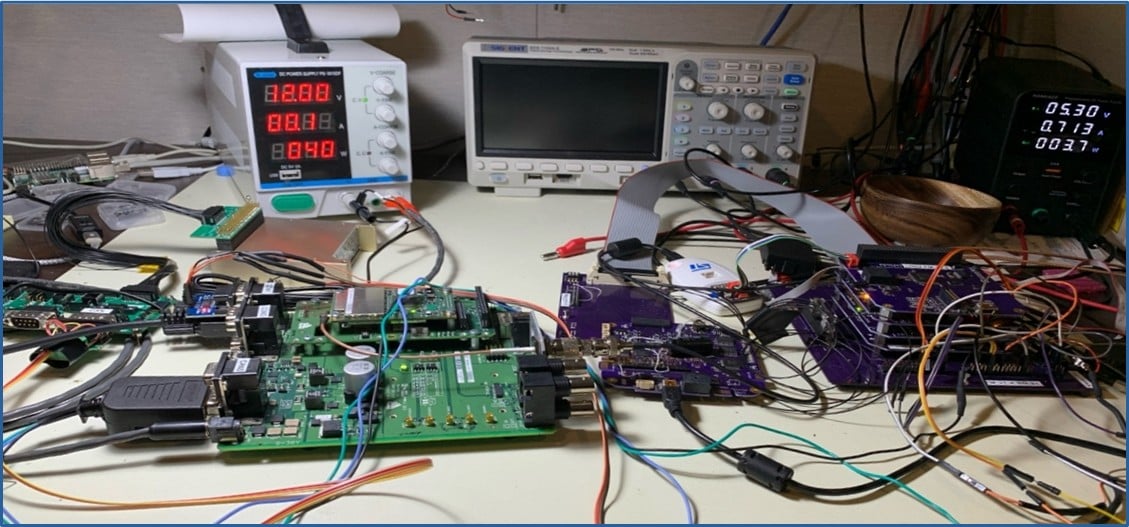
FlatSat Desktop – [Credit: Burns Fisher]
“In the photo above, you see my software development bench covered with a “flat sat”—the satellite boards all spread out for easy access. You can see a purple Breakout Board (BoB) that Leandra Mac Lennan, AF1R built, tested and documented. It has the IHUs, transmitter and receiver boards mounted on it. The gray ribbon cable connects the BoB to a prototype Central Interface Unit (CIU). The big green board in front is the GPS evaluation board system. The GPS system is used to find out where the satellite is and get our orbital elements out of it as well as getting the exact UTC time. Toward the back is the ADAC (Attitude Determination and Control System). In this flat-sat configuration, everything is connected by jumper wires,” Burns explained.
“The BoB is a vital element of the board-level testing of satellite components. A Hamvention 2025 AMSAT forum presentation by Leandra covered the BoB in detail and will be available shortly.”
Burns continued, “The photo also shows the test equipment I use. There are two different power supplies because the actual satellite power supply will provide multiple voltages. In addition, I use an oscilloscope to help me understand the electrical signals when a data bus does not operate the way I expect. Flat-sats like this show how we develop the flight software. Not in in the photo but to the right of what you see is my Linux computer where the software is edited and compiled. The software is loaded into the flat-sat IHUs and tested, often using the console task I mentioned above.”
Burns concluded, “AMSAT software development is a continuous and increasingly complex process We want to get started writing software even before we have all the correct boards. It requires additional hours of work and as well as following the development of all of the satellite’s subsystems in order to get an idea of the software that will be required.”
[ANS thanks Burns Fisher, WB1FJ, AMSAT Senior Software Engineer for the above information.]
Need new satellite antennas?
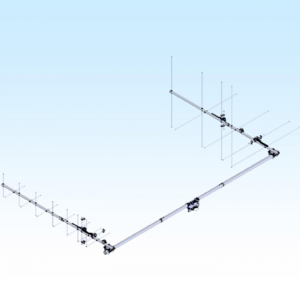 Purchase M2 LEO-Packs from the AMSAT Store.
Purchase M2 LEO-Packs from the AMSAT Store.
When you purchase through AMSAT, a portion of the proceeds goes towards
Keeping Amateur Radio in Space.
https://amsat.org/product-category/hardware/
NASA Science Missions Could Be Cut In 2026 Budget
President Donald Trump’s fiscal 2026 budget request, if approved by Congress, would kill many of NASA’s plans for robotic exploration of the solar system. Gone, too, would be multiple space-based missions to study Earth, the sun and the rest of the universe.
Among the planets that would get less attention are Venus, Mars and Jupiter. But the planet facing the biggest drop in scrutiny from space is our own. The Trump budget proposal calls for reducing Earth science funding by 53 percent.
Also spiked: a mission that would take a close look at Apophis, a jumbo asteroid that will pass just 20,000 miles from Earth — closer than geosynchronous satellites — on April 13, 2029.
The White House Office of Management and Budget said in its request that NASA’s current spending of more than $7 billion a year on nearly 100 science missions is “unsustainable.”
The Planetary Society, a nonprofit advocacy group for space science, estimates that 41 current or planned missions, roughly a third of NASA’s portfolio, would be terminated if the Trump budget is approved as written. Trump’s proposals would hammer the NASA workforce, triggering the loss of thousands of civil service and contractor positions.
Congress has the power of the purse, however, and could save missions targeted for termination. The Senate Commerce, Space and Transportation Committee, chaired by Sen. Ted Cruz (R-Texas), is pushing to protect much of NASA’s funding but is primarily concerned with saving existing elements of the agency’s Artemis moon program. On Thursday, the committee proposed restoring billions of dollars to a variety of NASA projects.
The full article, with a descriptive list of projects that might be cut, may be found at https://www.washingtonpost.com/science/2025/06/08/nasa-budget-voyager-space/ (possible pay wall).
[ANS thanks The Washington Post for the above information]
Want to fly the colors on your own grid expedition?
Get your AMSAT car flag and other neat stuff from our Zazzle store!
 25% of the purchase price of each product goes towards
25% of the purchase price of each product goes towards
Keeping Amateur Radio in Space
https://www.zazzle.com/amsat_gear
Changes to AMSAT-NA TLE Distribution for June 20
Two Line Elements or TLEs, often referred to as Keplerian elements or keps in the amateur community, are the inputs to the SGP4 standard mathematical model of spacecraft orbits used by most amateur tracking programs. Weekly updates are completely adequate for most amateur satellites. TLE bulletin files are updated daily in the first hour of the UTC day. New bulletin files will be posted immediately after reliable elements become available for new amateur satellites. More information may be found at https://www.amsat.org/keplerian-elements-resources/.
This week there are no additions or deletions to the AMSAT TLE distribution.
[ANS thanks Joe Fitzgerald, KM1P, AMSAT Orbital Elements Manager for the above information]
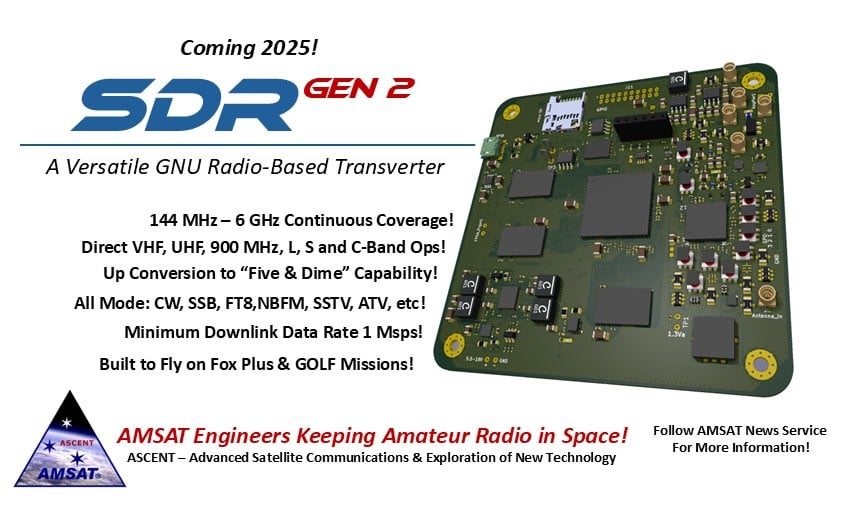
SpaceX to Launch Fourth Commercial Axiom Mission to the Space Station
Axiom Space is on verge of its fourth private astronaut mission to space in as many years. The flight, dubbed Axiom Mission 4 (Ax-4), will see the astronauts from India, Poland and Hungary reach the International Space Station (ISS) for the first time.
The four crew members, led by Axiom Space’s Director of Human Spaceflight, Peggy Whitson, will embark on a roughly two-week mission to the orbiting outpost. The quartet will launch onboard a SpaceX Falcon 9 rocket from NASA’s Kennedy Space Center, but the launch was delayed due to a variety of issues, including an air leak on the ISS, weather, and a possible issue with the Falcon 9 booster rocket.
SpaceX had also said on Sunday, June 15, it was reviewing data from a static test firing that took place that day, suggesting there was perhaps an undisclosed technical problem. The mission was previously delayed from late May because the mission’s brand new Crew Dragon spacecraft was not ready.
The mission, dubbed Axiom Mission 4 or Ax-4, features the debut of the Crew Dragon spacecraft, tail number C213. This has been billed by SpaceX as its fifth and final Dragon capsule. SpaceX’s long-term goals are to shift its human spaceflight missions from Dragon to its Starship rocket, which it said will be capable of ferrying dozens of people into space.
A number of amateur radio contacts are among the tasks that are to be performed by the Axiom crew during their time aboard the ISS.
[ANS thanks Spaceflight Now for the above information]
ARISS NEWS
 Amateurs and others around the world may listen in on contacts between amateurs operating in schools and allowing students to interact with astronauts and cosmonauts aboard the International Space Station. The downlink frequency on which to listen is 145.800 MHz worldwide.
Amateurs and others around the world may listen in on contacts between amateurs operating in schools and allowing students to interact with astronauts and cosmonauts aboard the International Space Station. The downlink frequency on which to listen is 145.800 MHz worldwide.
RECENTLY COMPLETED:
Youth On The Air 2025, Denver, Colorado, direct via WØY
The ISS callsign is presently scheduled to be NA1SS
The scheduled crewmember is Nichole Ayers, KJ5GWI
The ARISS mentor is N7GZT
Contact was successful: Thu 2025-06-19 17:32:31 UTC 48 degrees maximum elevation
Congratulations to the YOTA 2025 students, Nichole, mentor N7GZT, and ground station WØY
Watch for Livestream at https://youtube.com/live/I7JFXlzjrKc?feature=share and https://www.youtube.com/@yotaregion2/streams
UPCOMING:
A number of previously announced contacts associated with the Axiom mission are being reschedule due to the launch delay.
The crossband repeater continues to be ACTIVE (145.990 MHz up {PL 67} & 437.800 MHz down). If any crewmember is so inclined, all they have to do is pick up the microphone, raise the volume up, and talk on the crossband repeater. So give a listen, you just never know.
The packet system is currently OFF (145.825 MHz up & down).
As always, if there is an EVA, a docking, or an undocking; the ARISS radios are turned off as part of the safety protocol.
Note, all times are approximate. It is recommended that you do your own orbital prediction or start listening about 10 minutes before the listed time.
The latest information on the operation mode can be found at https://www.ariss.org/current-status-of-iss-stations.html
The latest list of frequencies in use can be found at https://www.ariss.org/contact-the-iss.html
[ANS thanks Charlie Sufana, AJ9N, one of the ARISS operation team mentors for the above information]
AMSAT Ambassador Activities
AMSAT Ambassadors provide presentations, demonstrate communicating through amateur satellites, and host information tables at club meetings, hamfests, conventions, maker faires, and other events.
June 21, 2025
Rochester Amateur Radio Association Hamfest 2025
Barnard Fire Field
410 Maiden Lane Rochester, NY 14616
KB2YSI
August 21-24, 2025
Northeast HamXposition (HamX) & New England ARRL Convention
Best Western Royal Plaza & Trade Center
181 Boston Post Road W
Marlborough, MA 01752
http://www.HamX.org
W1EME, WD4ASW, WB1FJ
September 6, 2025
Greater Louisville Hamfest
Paroquet Springs Conference Centre
395 Paroquet Springs Drive
Shepherdsville, KY 40165
W4FCL
October 16, 17, 18, 19, 2025
AMSAT Board of Directors Meeting and 43rd Annual AMSAT Space Symposium & Annual General Meeting
Holiday Inn & Suites Phoenix Airport North
1515 North 44th Street
Phoenix, Arizona 85008
Details at https://www.amsat.org/2025-symposium/
[ANS thanks Bo Lowrey, W4FCL, Director – AMSAT Ambassador Program, for the above information]
Satellite Shorts From All Over
+ ARRL’s Logbook of the World (LoTW) is the primary means for providing confirmations for AMSAT awards such as GridMaster, Rover, and Reverse VUCC, as well as ARRL Awards, such as VUCC, DXCC, and Worked All States. Almost all satellite operators use it. As a part of the ongoing modernization of the ARRL systems infrastructure, LoTW will be receiving major upgrades to the operating system it is running on, the relational database system it uses to store and access logbook and awards data, and server hosting, where it will be fully migrated to the cloud. These changes will, among other improvements, ensure LoTW performance needs can be better met based on user demand. LoTW will be unavailable from June 27 to July 2, 2025, to complete these upgrades. (ANS thanks ARRL for the above information.)
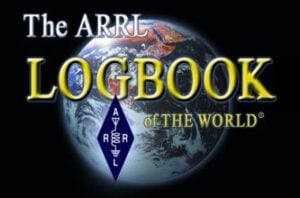
+ A SpaceX Starship rocket exploded in a huge fireball on a test stand late Wednesday, June 18 during preparations for its next launch. The upper stage Starship vehicle experienced a “major anomaly” before starting a test fire at around 11 p.m. local time, SpaceX said on social media. All personnel were safe and there were no hazards to the residents of nearby communities, SpaceX, a commercial space launch company, said. (ANS thanks The New York Times for the above information.)
+ Astronomers have discovered that the largest comet from the Oort Cloud, a shell of icy bodies at the very edge of the solar system, is bursting with chemical activity. Using the Atacama Large Millimeter/submillimeter Array (ALMA) in Chile, the team discovered that C/2014 UN271, an 85-mile-wide (137 km) body around 10 times the size of the average comet and also known as Bernardinelli-Bernstein, is erupting with complex and evolving jets of carbon monoxide gas. Now located halfway between the sun and the solar system’s furthest planet, Neptune (or 16.6 times the distance between the Earth and our star), C/2014 UN271 becomes the second-most distant comet originating from the Oort Cloud that has been seen to be chemically active. Full article at http://bit.ly/4nb7W0c (ANS thanks Space.com for the above information.)
+ China’s Shijian-21 and Shijian-25 satellites had been moving toward each other in geosynchronous orbit, around 22,236 miles (35,786 kilometers) above the equator, Spacenews reported on June 6. And now the pair appear to have had a brief first encounter, according to observations from the ground. Optical tracking by the space situational awareness firm s2a systems shows a close approach between the two on June 14, with the pair, at times, virtually unresolvable from the other. This suggests that Shijian-21 and Shijian-25 made at least a test-run close approach and may have even performed a docking and undocking test. Full article at http://bit.ly/407WHLV (ANS thanks Space.com for the above information.)
+ Honda has successfully tested an experimental reusable rocket, the company said, as it seeks to expand into the space sector. The automaker, which hopes to develop the tech prowess for a suborbital launch by 2029, conducted a test flight of its rocket on the northern Japanese island of Hokkaido. The prototype device, around six metres (20 feet) tall, landed only 37 centimetres from its designated landing spot after the one-minute flight. (ANS thanks AFP and spacedaily.com for the above information.)
+ Astronomers have discovered a huge filament of hot gas bridging four galaxy clusters. At 10 times as massive as our galaxy, the thread could contain some of the Universe’s ‘missing’ matter, addressing a decades-long mystery. The astronomers used the European Space Agency’s XMM-Newton and JAXA’s Suzaku X-ray space telescopes to make the discovery. Over one-third of the ‘normal’ matter in the local Universe – the visible stuff making up stars, planets, galaxies, life – is “missing.” It hasn’t yet been seen, but it’s needed to make our models of the cosmos work properly. While we’ve spotted filaments before, they’re typically faint, making it difficult to isolate their light from that of any galaxies, black holes, and other objects lying nearby. (ANS thanks the European Space Agency for the above information.)
Join AMSAT today at https://launch.amsat.org/
In addition to regular membership, AMSAT offers membership to:
* Societies (a recognized group, clubs or organization).
* Primary and secondary school students are eligible for membership at one-half the standard yearly rate.
* Post-secondary school students enrolled in at least half time status shall be eligible for the student rate for a maximum of 6 post-secondary years in this status.
* Memberships are available for annual and lifetime terms.
Contact info [at] amsat.org for additional membership information.
73 and remember to help Keep Amateur Radio in Space!
This week’s ANS Editor, Mark Johns, KØJM
mjohns [at] amsat.org
ANS is a service of AMSAT, the Radio Amateur Satellite Corporation, 712 H Street NE, Suite 1653, Washington, DC 20002
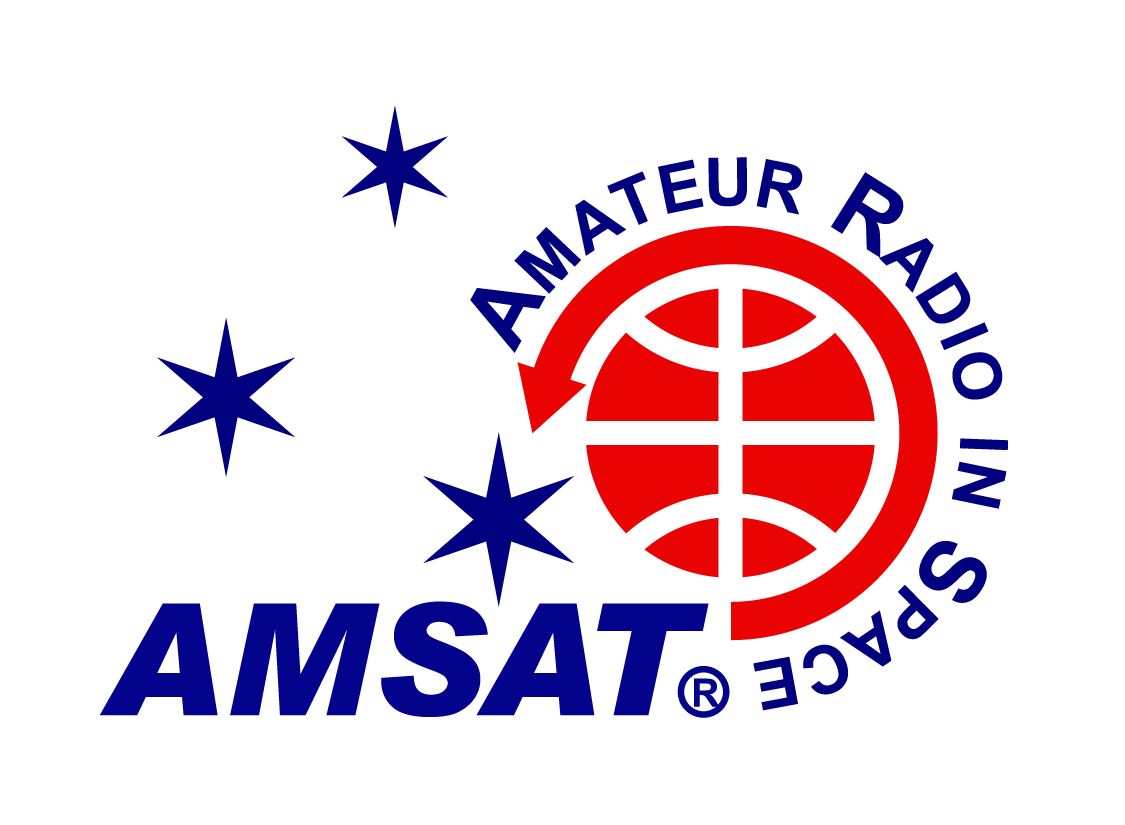
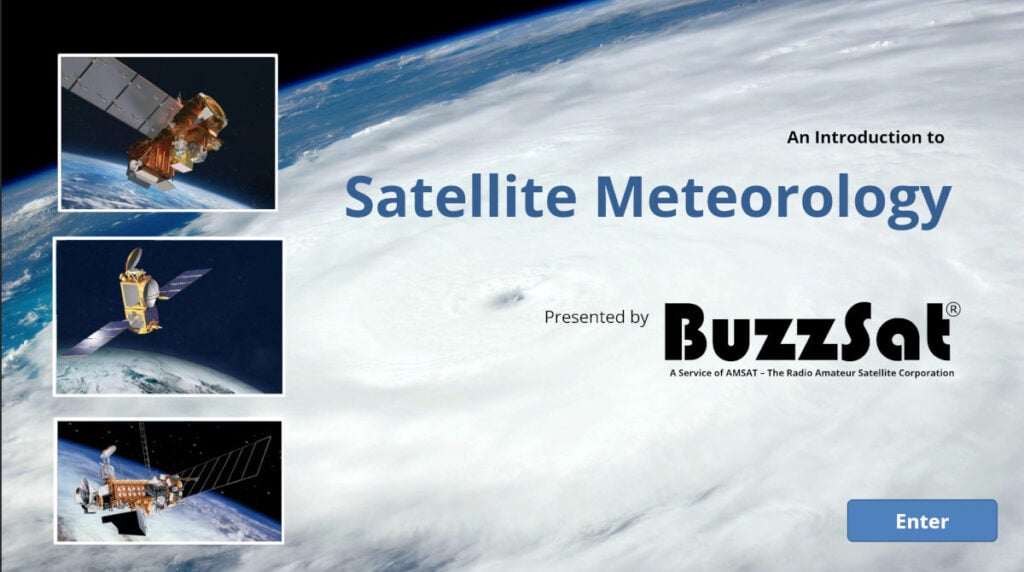
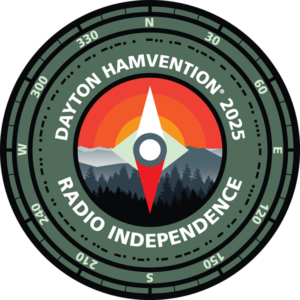
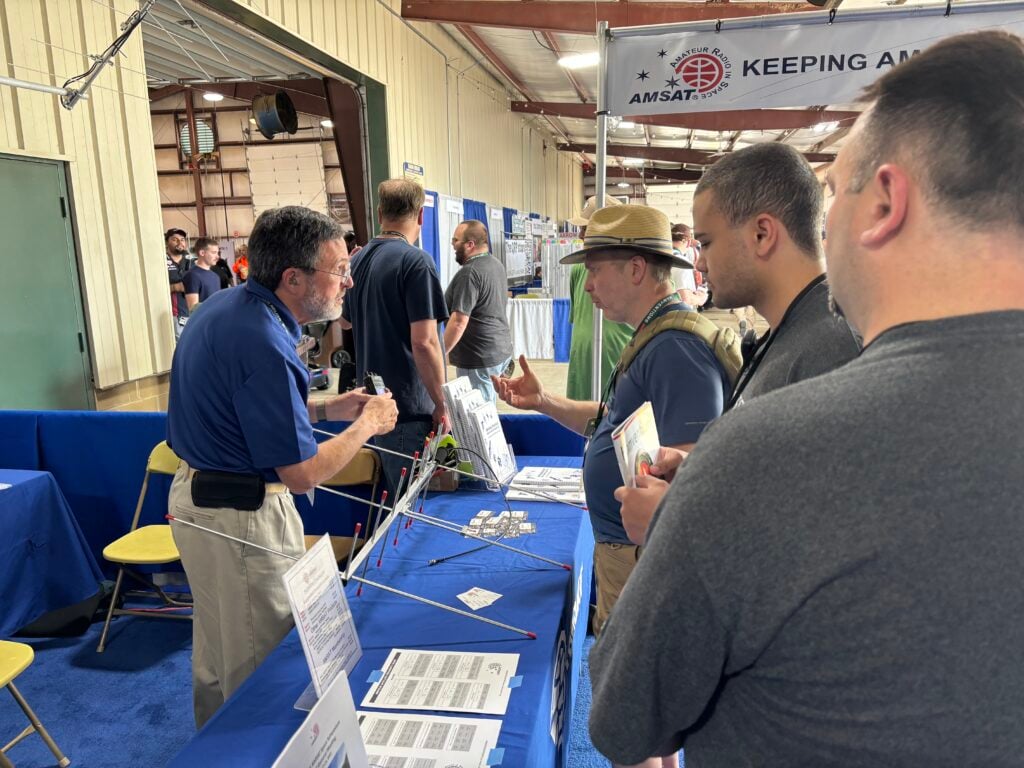
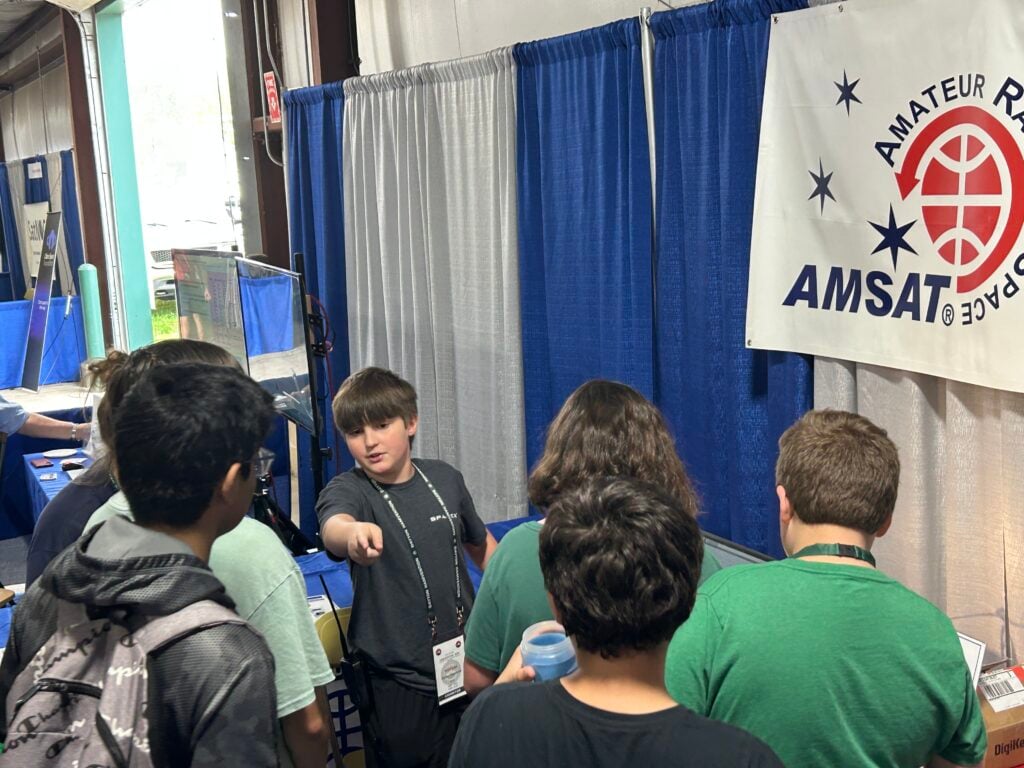
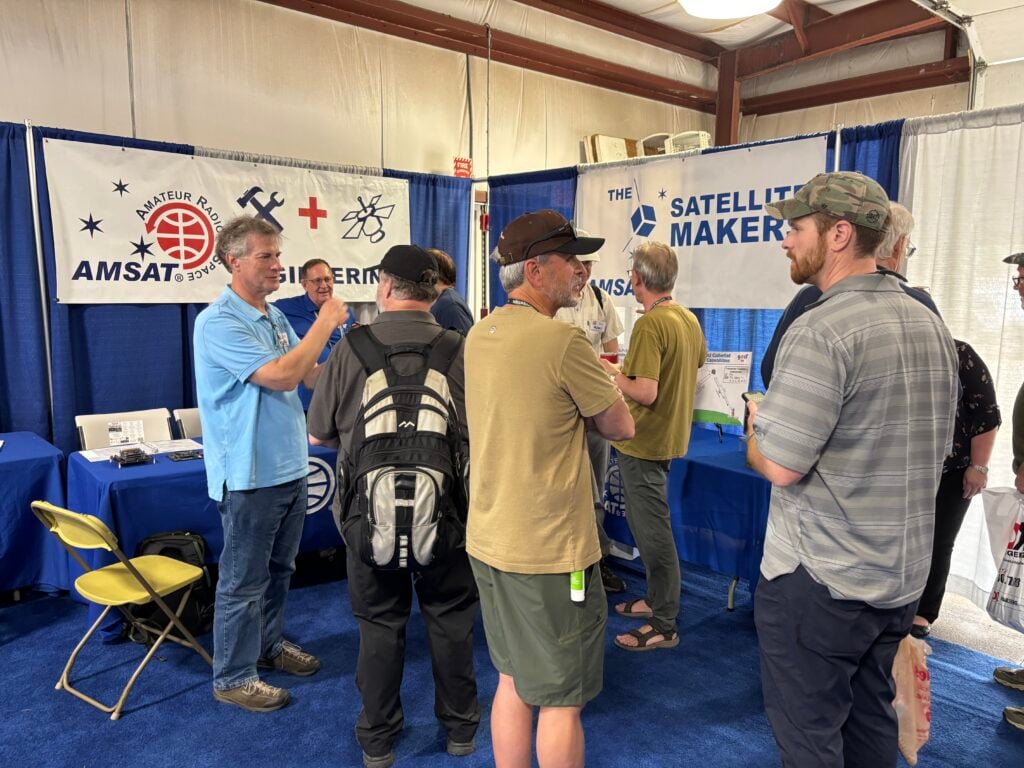
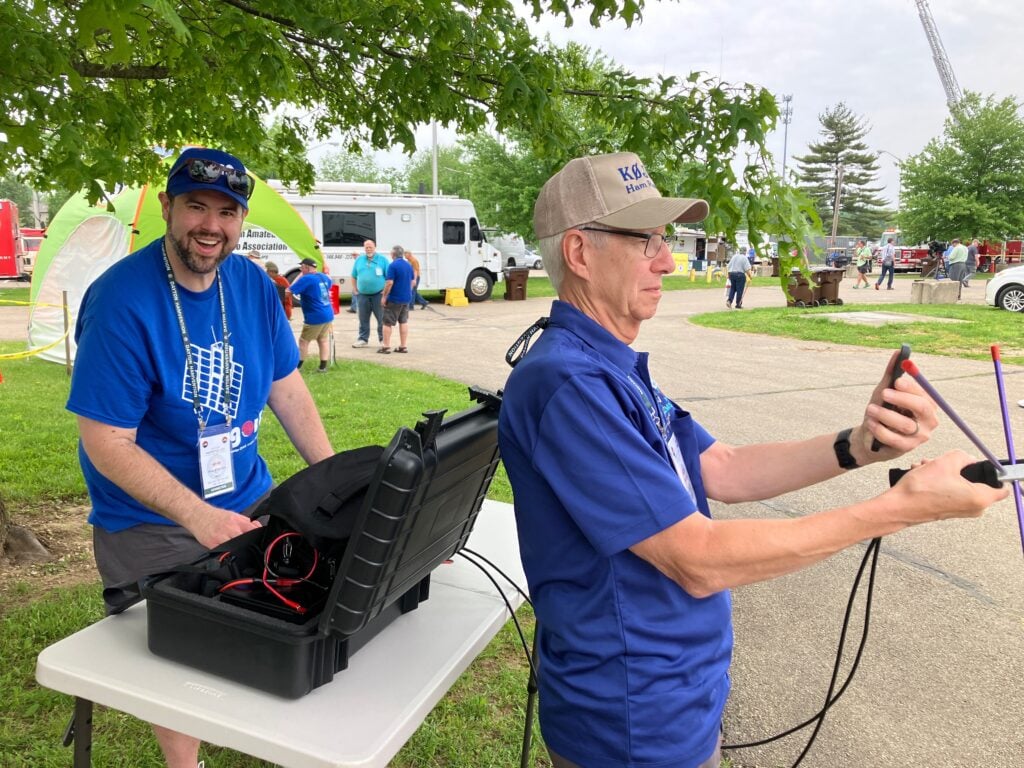
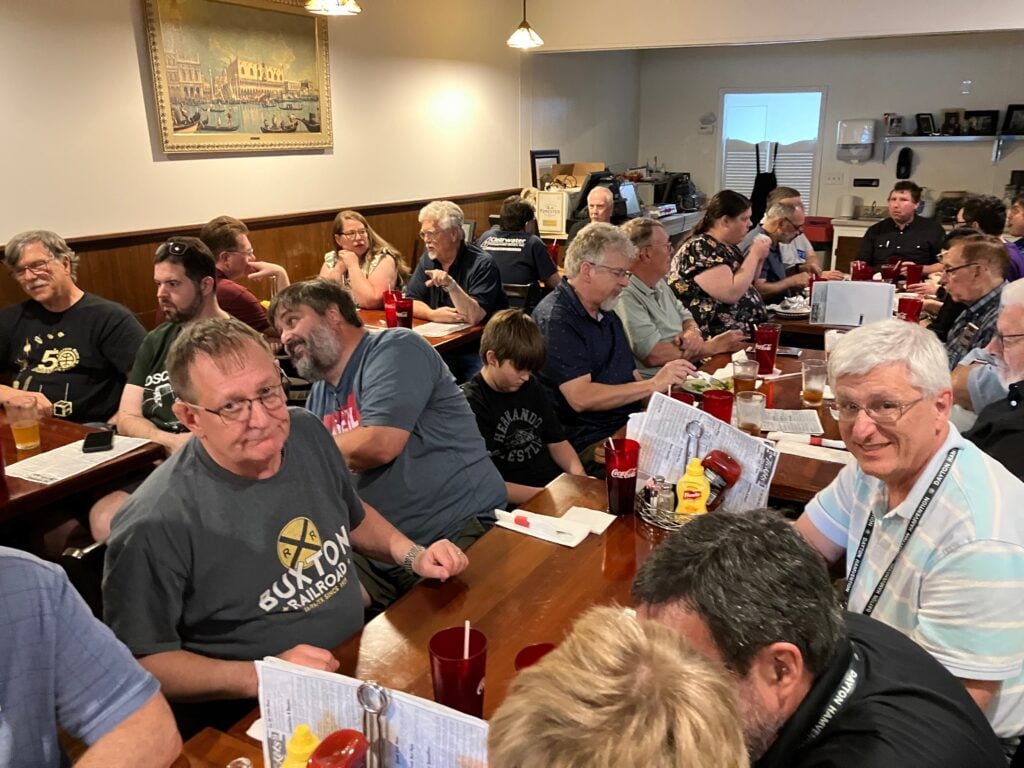

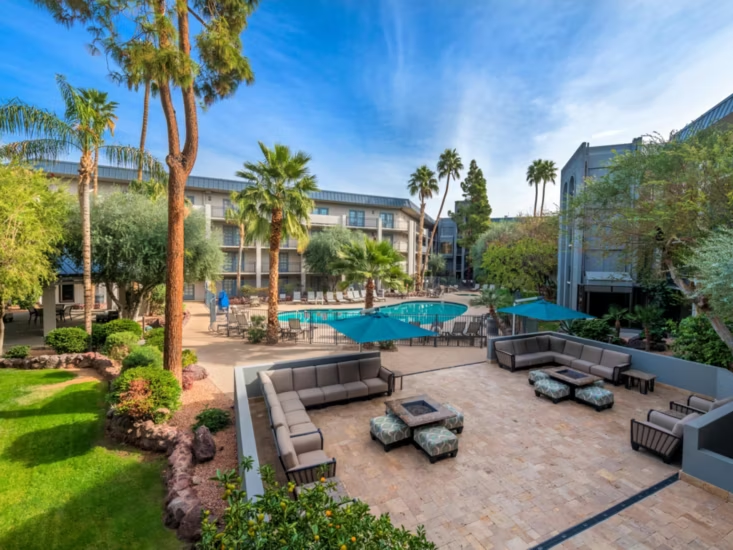

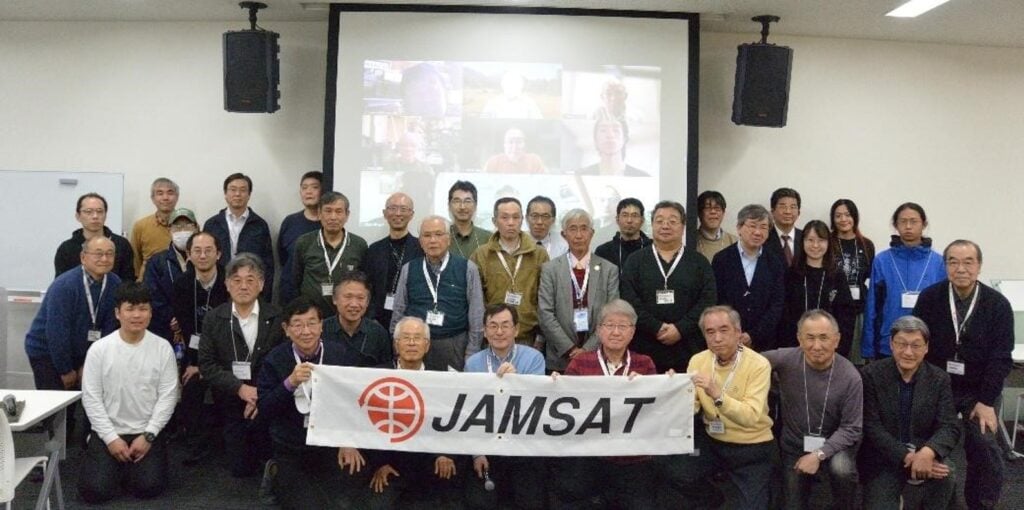
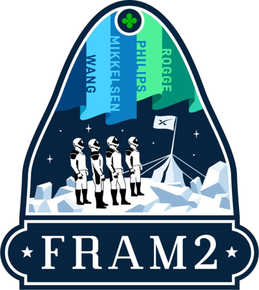
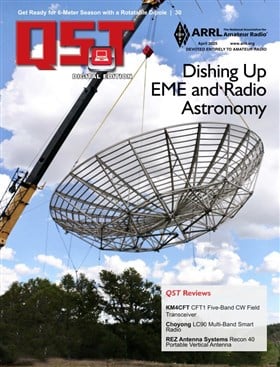
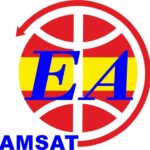
 Have you taken part in or conducted an interesting Amateur Satellite oriented activity. Do you present talks and presentations about Amateur Satellites and closely related topics? Do you participate in Amateur Satellite oriented nets? Would you like others to know about it? If so, tell us about it via:
Have you taken part in or conducted an interesting Amateur Satellite oriented activity. Do you present talks and presentations about Amateur Satellites and closely related topics? Do you participate in Amateur Satellite oriented nets? Would you like others to know about it? If so, tell us about it via: 

